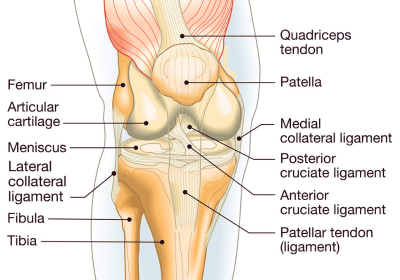Authors:
Steven F Harwin, Jay M Levin, Anton Khlopas, Prem N Ramkumar, Nicolas S Piuzzi, Martin Roche, Michael A Mont
Abstract:
Background
The purpose of this study is to evaluate (1) implant survivorship; (2) patient outcomes; (3) complications; and to (4) perform a radiographic analysis of cementless posteriorly stabilized total knee arthroplasty (TKA) patients at a minimum of 7-year follow-up.
Methods
Our original cohort was composed of 114 consecutive cementless posteriorly stabilized total knee arthroplasties (110 patients) performed by a single surgeon between 2008 and 2010. Since our original report, 4 (1 bilateral) patients died and 2 were lost to follow-up. Therefore, there were 104 patients who had 107 knees available for final follow-up. The final cohort included 43 men and 61 women, who had a mean age of 69 years (range 47-87) and were followed from 7 to 9 years (mean 8 years). Patient outcomes and complications were obtained from electronic medical records. Radiographic assessment was done using the Knee Society Radiographic Evaluation System.
Results
The all-cause survivorship was 98% (95% confidence interval 1.01-0.96). Since the original report, there has been 1 post-traumatic loosening of the tibial baseplate, and 1 revision for instability. There were no femoral revisions or patella revisions. The mean Knee Society pain score was 93 points (range 80-100) and the function score was 78 points (range 68-95). Excluding revisions, there was no evidence of progressive loosening of any implant components.
Conclusion
Based on these 7-year minimum follow-ups, femoral, tibial, and patellar cementless hydroxylapatite-coated beaded implants perform well at up to 9 years postoperatively and offer surgeons and patients a cementless option that may provide long-lasting biological fixation.
View Study:
Cementless Posteriorly Stabilized Total Knee Arthroplasty: Seven-Year Minimum Follow-Up Report


